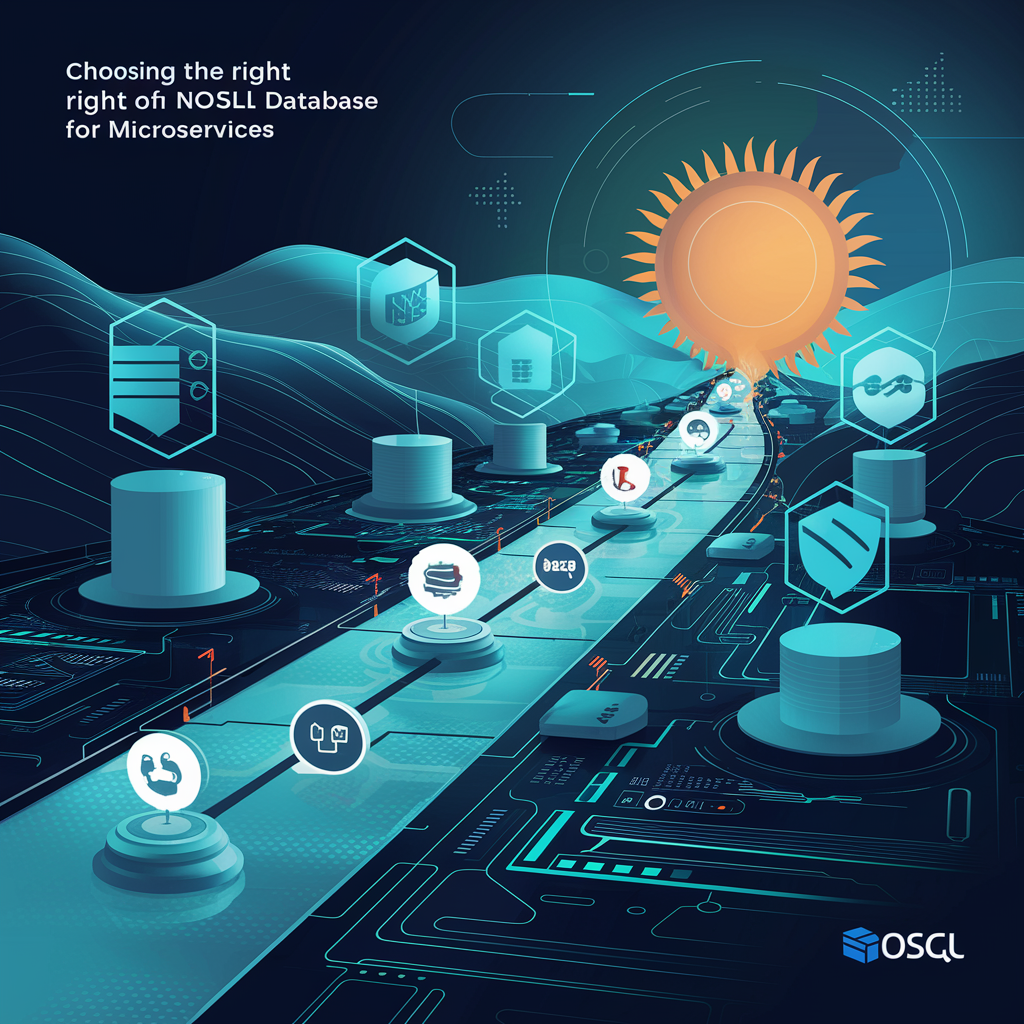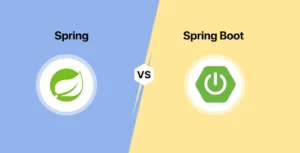Microservices architecture and NoSQL databases have become increasingly popular in modern software development due to their scalability, flexibility, and ability to handle large volumes of data. Choosing the right NoSQL database for your microservices can significantly impact the performance and scalability of your application. This article explores the key considerations for selecting a NoSQL database for microservices, along with examples to illustrate their practical applications.
Why Microservices and NoSQL Databases?
Microservices Architecture
Microservices architecture breaks down a monolithic application into smaller, independently deployable services. Each service focuses on a specific business function and can be developed, deployed, and scaled independently. This approach offers several benefits:
- Scalability: Services can be scaled independently based on demand.
- Flexibility: Different technologies and databases can be used for different services.
- Maintainability: Smaller codebases are easier to maintain and update.
- Resilience: Failure in one service does not affect the entire application.
NoSQL Databases
NoSQL databases are designed to handle unstructured, semi-structured, and structured data with high scalability and flexibility. Unlike traditional SQL databases, NoSQL databases do not rely on fixed schemas, making them ideal for handling diverse data models. Common types of NoSQL databases include:
- Document Stores: Store data in JSON-like documents (e.g., MongoDB, CouchDB).
- Key-Value Stores: Store data as key-value pairs (e.g., Redis, DynamoDB).
- Column Stores: Store data in columns rather than rows (e.g., Cassandra, HBase).
- Graph Databases: Store data in graph structures with nodes and edges (e.g., Neo4j, OrientDB).
Key Considerations for Choosing a NoSQL Database
When selecting a NoSQL database for your microservices, consider the following factors:
Data Model
- Document Store: Ideal for storing hierarchical and complex data structures. Examples: MongoDB, CouchDB.
- Key-Value Store: Suitable for caching and real-time applications. Examples: Redis, DynamoDB.
- Column Store: Best for handling large-scale, high-throughput read and write operations. Examples: Cassandra, HBase.
- Graph Database: Perfect for applications requiring complex relationships and queries. Examples: Neo4j, OrientDB.
Scalability
Consider the scalability requirements of your application. Some NoSQL databases offer horizontal scalability, allowing you to add more servers to handle increased load. Examples: Cassandra, MongoDB.
Performance
Evaluate the read and write performance of the database. Some NoSQL databases are optimized for high read performance (e.g., Redis), while others excel in write-heavy applications (e.g., Cassandra).
Consistency and Availability
NoSQL databases follow the CAP theorem, which states that a distributed database can only provide two of the following three guarantees: Consistency, Availability, and Partition Tolerance. Choose a database that aligns with your consistency and availability requirements.
Ecosystem and Tooling
Consider the ecosystem and tooling available for the NoSQL database. A rich ecosystem with libraries, frameworks, and community support can significantly ease development and operations.
Examples of NoSQL Databases in Microservices
Example 1: MongoDB for E-commerce Product Catalog
MongoDB, a document store, is an excellent choice for an e-commerce product catalog service. Each product can be stored as a JSON document, allowing for flexible and dynamic data structures.
// Product document structure in MongoDB
{
"_id": "12345",
"name": "Smartphone",
"description": "A high-end smartphone with 128GB storage",
"price": 699.99,
"category": "Electronics",
"tags": ["smartphone", "electronics", "mobile"],
"specifications": {
"screenSize": "6.5 inches",
"battery": "4000mAh",
"camera": "12MP"
}
}
Example 2: Redis for Session Management
Redis, a key-value store, is ideal for session management in a user authentication service. Redis offers high-speed read and write operations, making it perfect for real-time applications.
// Storing session data in Redis
SET session:12345 '{"userId": "user123", "expiresAt": "2023-12-31T23:59:59Z"}'
// Retrieving session data from Redis
GET session:12345
Example 3: Cassandra for Time-Series Data
Cassandra, a column store, is suitable for handling time-series data in a monitoring service. Cassandra’s distributed architecture ensures high availability and fault tolerance.
-- Creating a table for storing time-series data in Cassandra
CREATE TABLE sensor_data (
sensor_id UUID,
timestamp TIMESTAMP,
value DOUBLE,
PRIMARY KEY (sensor_id, timestamp)
);
-- Inserting time-series data into Cassandra
INSERT INTO sensor_data (sensor_id, timestamp, value)
VALUES (uuid(), '2023-01-01T00:00:00Z', 23.5);
Example 4: Neo4j for Social Network Relationships
Neo4j, a graph database, is perfect for modeling social network relationships. It allows for efficient querying and traversal of complex relationships.
// Creating a user node in Neo4j
CREATE (user:User {id: 'user123', name: 'Alice'})
// Creating a friendship relationship between users
MATCH (user1:User {id: 'user123'}), (user2:User {id: 'user456'})
CREATE (user1)-[:FRIEND]->(user2)
Conclusion
Choosing the right NoSQL database for your microservices architecture is crucial for achieving optimal performance, scalability, and flexibility. By understanding the strengths and use cases of different NoSQL databases, you can make informed decisions that align with your application’s requirements. Whether you opt for MongoDB’s document store, Redis’s key-value store, Cassandra’s column store, or Neo4j’s graph database, leveraging the power of NoSQL can significantly enhance your microservices’ capabilities.
Hashtags
#Microservices #NoSQL #MongoDB #Redis #Cassandra #Neo4j #Database #SoftwareDevelopment #TechBlog #Programming #Java #DataStorage #MicroservicesArchitecture #CloudComputing





